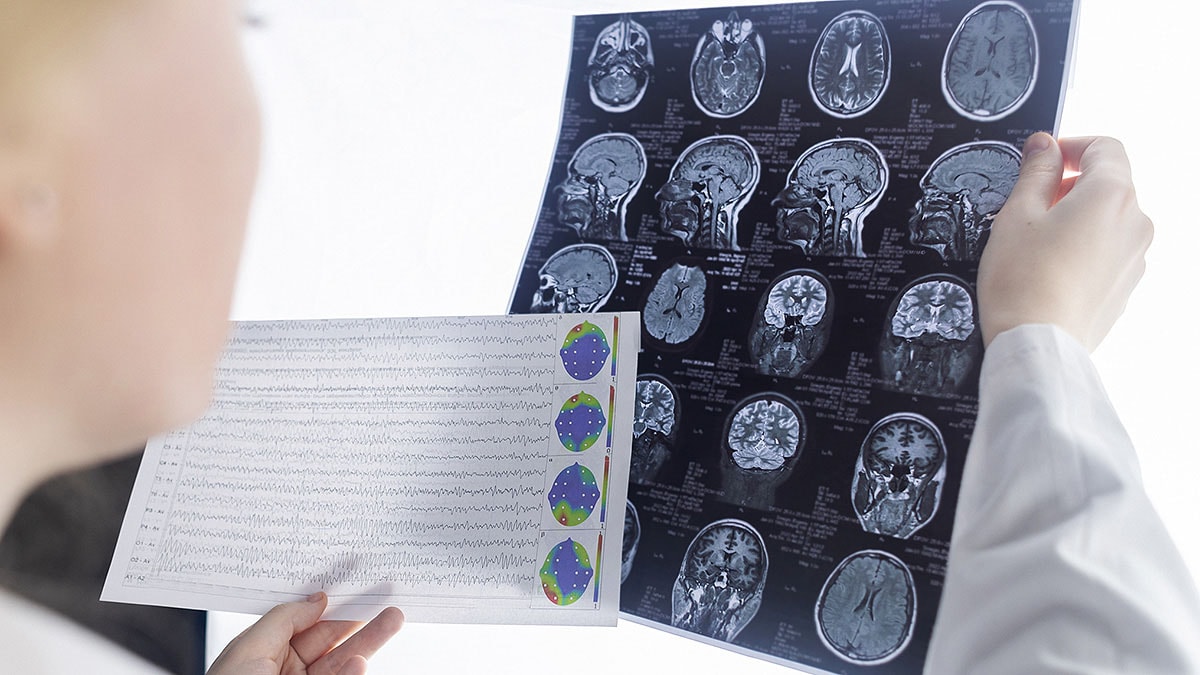Key points
- Epilepsy is a brain disorder that causes repeated seizures.
- About 2.9 million U.S. adults had epilepsy in 2021.
- Most people with epilepsy can live a full life.

Overview
Epilepsy is a brain disorder that causes repeated seizures. A seizure is a change in normal brain activity that lasts from a few seconds to a few minutes.
There are many different types of epilepsy and seizures.
Epilepsy is not contagious and cannot spread from person to person.
Epilepsy is common
- CDC estimates that about 2.9 million U.S. adults had active epilepsyA in 2021.1
People with epilepsy can lead full lives
- Epilepsy can affect people in different ways. Many do well with treatment and live a typical life.
- Others can have more than one type of seizure or other medical conditions that make it more challenging.

Signs and symptoms
Seizures might look different than you expect
The signs of a seizure depend on which type of seizure it is.
A person with epilepsy is often shown falling down, shaking, and losing awareness in popular media. That's one kind of seizure, but it's not the most common.
More often, someone having a seizure may:
- Seem confused.
- Stare into space.
- Wander.
- Make unusual movements.
- Be unable to answer questions.
Seizure First Aid
Seizure first aid is easy to learn and to give.
Know the steps and be prepared to help someone during a seizure.
Causes
Epilepsy can be caused by different conditions that affect the brain. Some of these causes are preventable. Many times, doctors don't know the cause. Less than half of newly diagnosed cases of epilepsy have a known cause.3
Some known causes of epilepsy include:
- Cysticercosis (sis-ter-sir-koh-sis) infection, the leading cause of epilepsy worldwide.
- Stroke.
- Brain tumor.
- Traumatic brain injury.
- Loss of oxygen to the brain.
- Genetic conditions (such as Down syndrome).
- Other neurological diseases (such as Alzheimer's disease.)
- Active epilepsy in adults means that someone reported a history of doctor-diagnosed epilepsy and they are currently taking medication to control it or they had one or more seizures in the past year (or both).
- Active epilepsy in children means that their parent or guardian reported a history of doctor-diagnosed epilepsy or seizure disorder and they currently have epilepsy or a seizure disorder.
- Kobau R, Luncheon C, Greenlund K. Active epilepsy prevalence among U.S. adults is 1.1% and differs by educational level—National Health Interview Survey, United States, 2021. Epilepsy Behav. 2023;142:109180. doi:10.1016/j.yebeh.2023.109180
- Child and Adolescent Health Measurement Initiative. 2022 National Survey of Children's Health (NSCH) data query. Data Resource Center for Child and Adolescent Health supported by the U.S. Department of Health and Human Services, Health Resources and Services Administration (HRSA), Maternal and Child Health Bureau (MCHB). Retrieved 3/23/2024 from www.childhealthdata.org.
- Hauser WA, Annegers JF, Kurland LT. Incidence of epilepsy and unprovoked seizures in Rochester, Minnesota: 1935–1984. Epilepsia. 1993;34(3):453–468. doi:10.1111/j.1528-1157.1993.tb02586.x
